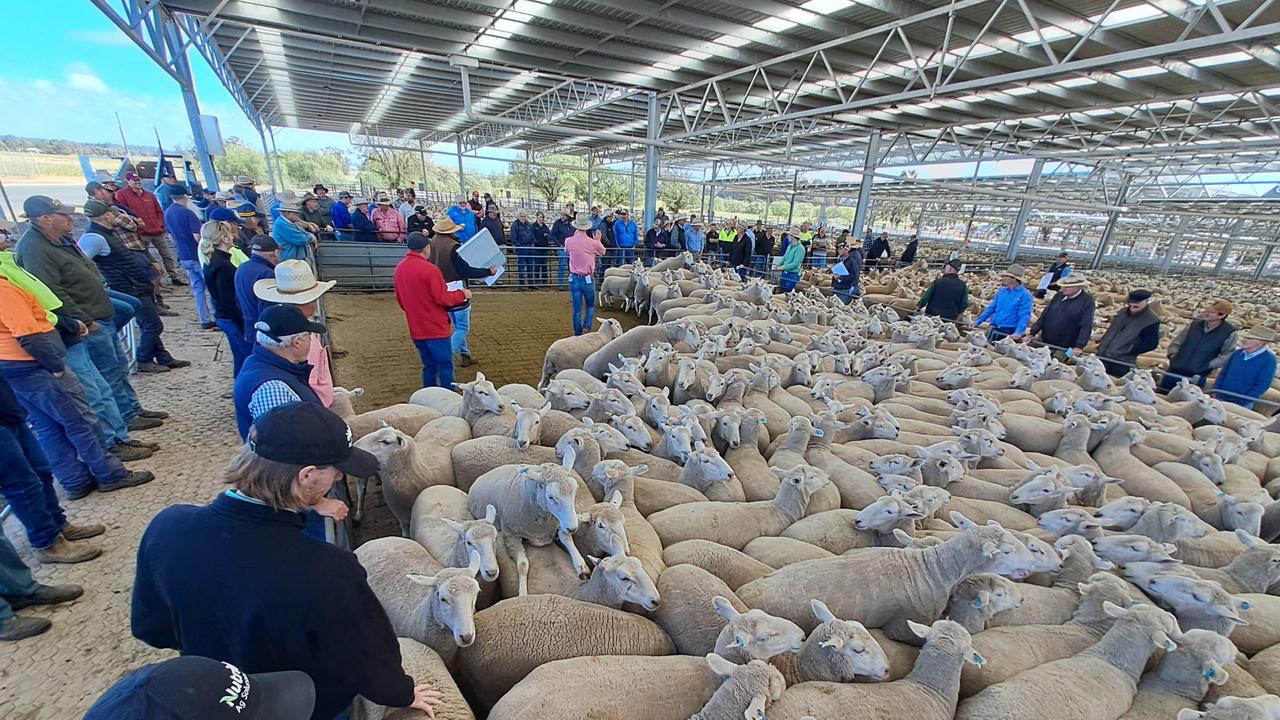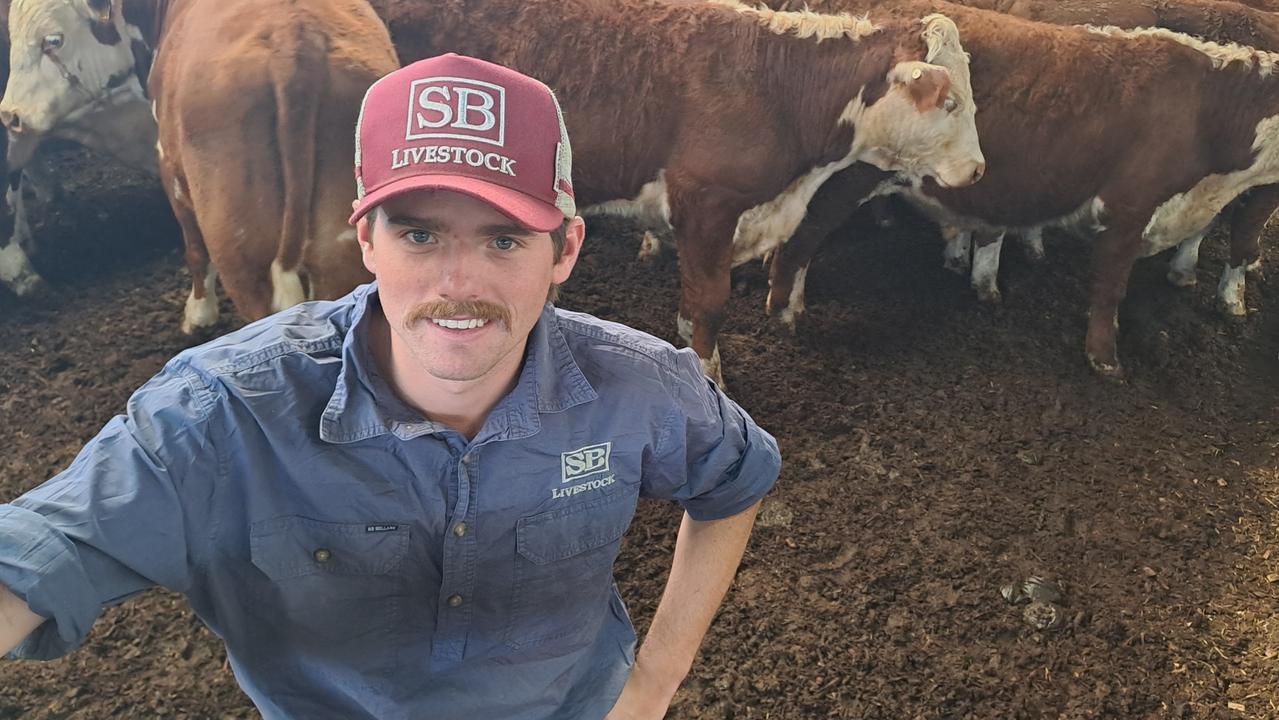Livestock analysis: Producers must decide to sell or hold sucker lambs
Lamb producers must choose between cashing in on exceptional prices or risk waiting until their suckers improve, writes Jenny Kelly.

The early sucker season is shaping-up as a tussle between the season and money, as markets start to reach rarefied price levels this late winter.
A very late autumn break, followed by continuous wet weather and little sunlight, means sucker lambs are struggling to “bloom” and finish off, with agents reporting many need more time to mature.
Yet there is now the very real prospect that rising prices could draw sucker lambs into the market as producers compromise on some finish to take advantage of the big money on offer.
“This will definitely draw some suckers out,” agent Chris Nevins said, of FP Nevins and Co, after selling at Bendigo on Monday.
Such sentiment becomes important as it could determine the amount of time producers will have to capture the peak of the lamb market before the spring flush of numbers invariably changes supply dynamics.
Firstly, to look at the current price situation.
The national saleyard indicator for heavy lambs was listed at 957c/kg carcass weight on Monday.
This puts it in the top ranks of what the industry has ever recorded, only being higher for a few short weeks in the winter of 2019 and for a couple of weeks in early March last year before Covid-19 derailed the market.
What history tells us is that the lamb market has never been able to sustain such big money for very long.
Consider the case of winter 2019. This is how heavy lamb prices averaged week by week in July – 958c/kg, 973c/kg, 999c/kg and 975c/kg. Two weeks later in mid-August the price was back to 834c/kg and another fortnight on was down to 804c/kg.
And while you can debate changes to demand for lamb, it is difficult to argue a strong case for sustained high prices this season when you watch buyers daily at auctions.
Not all are participating and the stress of trying to fill orders at $220 to $300 a head for decent processing lambs is, at times, palpable.
When pushed for a prediction, most agents suggested a time period of two to three weeks — perhaps four — if farmers were really intent on catching the market while it is performing above 950c/kg.
This puts the line-in-the-sand at late August to early September, which is traditionally the danger period of when the build-up of suckers starts to impact price.
As a case study, this is how the supply of heavy trade suckers (22-24kg) tracked at Wagga Wagga in NSW in this time period last year.
According to National Livestock Reporting Service data numbers went from 3294 in the first week of August, to 4700 a week later, to end the month at nearly 7000. And two weeks later by September 12 supplies had nearly doubled to over 12,000. It shows the build-up of young lambs can be quite rapid. But a lot will depend on the tussle between price and allowing suckers to finish and mature. And the feedback from early sucker areas, particularly in Victoria, is quite mixed.
In the Mallee and Wimmera areas the very late autumn break meant early drop lambs suffered a check, with feed conditions so tight that there was a forced sell-off of ewes and lambs and scanned-in-lamb ewes. It means agents from those areas are tipping fewer lambs to come out as suckers in the early spring.
Elders Wycheproof agent Jim Coffey said it wouldn’t be a lush sucker run from the southern Mallee.
“We won’t have a great run of early suckers, they will be later than usual and not a great percentage will make it,’’ he said. “I would say we will only have 60 per cent of our usual numbers.’’
Evidence of how some breeding areas have struggled is being seen by the unusual phenomenon of cull ewes being sold ahead of sucker lambs at the Bendigo prime market.
Sheep numbers have been building in the past fortnight, and there was around 8000 sheep sold at the centre on Monday — among them a number of lines of crossbred and Merino ewes.
Elders auctioneer Nigel Starick from Bendigo said there were instances where farmers knew their lambs wouldn’t make sucker grade and were weaning to take the opportunity to cashing in ewes for record mutton money.
But to play devil’s advocate, there should be a pool of reasonably good sucker lambs to come off irrigation country thanks to the more plentiful and cheaper supply of water this year.
Lambs from parts of NSW should also be on track after northern areas received earlier rain.
The bottom line is that now is the time producers need to be monitoring the build-up of sucker lambs as they consider the timing of sales, and weight and condition versus financial rate.
Markets to watch include Forbes, Wagga Wagga, Griffith and Deniliquin in NSW, and in Victoria the centres of Ouyen, Swan Hill and Bendigo.
MORE
MEAT TAX: HOW THE UN PLANS TO TACKLE CLIMATE CHANGE


